Explore the Best AI Image Gallery
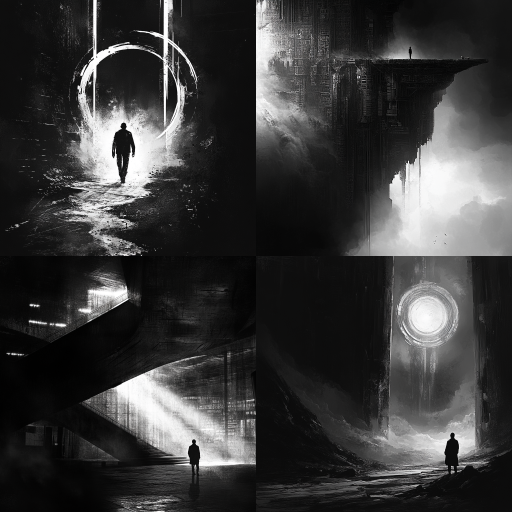
The Future of Product Photography: How AI Is Transforming the Industry
In the digital age, product photography has become an indispensable part of marketing strategies for businesses, both large and small. The introduction of Artificial Intelligence (AI) technologies has revolutionized traditional practices, enhancing creativity, efficiency, and overall effectiveness in product photography. This blog post delves into the various ways AI is impacting this creative industry, examines potential uses, considers ethical implications, and explores future trends that could define the landscape of product photography.
The Impact of AI on Product Photography
AI technologies, particularly those involving machine learning and neural networks, are reshaping the creative processes involved in product photography. For example, AI-driven image editing tools can automatically adjust lighting, color balance, and even backgrounds, allowing photographers to focus on their overarching creative vision rather than getting bogged down by tedious adjustments. This shift not only saves time but also harnesses the power of advanced algorithms to create visually striking and polished images.
Potential Uses of AI in Product Photography
The applications of AI in product photography are nearly limitless. Here are several key areas where AI is making significant inroads:
- Smart Editing Tools: AI-driven platforms like Adobe Photoshop and Lightroom employ advanced algorithms to automate tasks such as cropping, enhancing colors, and applying filters, enabling photographers to improve their workflow.
- Image Recognition: AI can analyze product images and categorize them for effective inventory management, making it easier for eCommerce sites to list products accurately.
- Augmented Reality (AR): AI technologies can create AR experiences, allowing potential customers to interact with products before purchase—providing a more immersive shopping experience.
- Style Transfer: AI algorithms can mimic the styles of renowned photographers or artistic trends, allowing brand owners to maintain a consistent aesthetic across their product imagery.
Ethical Considerations
As with any technology, the integration of AI in product photography raises several ethical considerations. One major concern is the potential for AI-generated images to misrepresent products. For instance, while AI editing tools can enhance the attractiveness of a product, they may also create unrealistic expectations among consumers. Companies must strike a balance between creative enhancement and transparency to avoid misleading their customers.
Another important issue pertains to intellectual property rights. Who owns the photographs generated or altered through AI technologies? As this technology evolves, it creates complexities in copyright law that need to be addressed. It's essential for businesses to be aware of these legal nuances in order to navigate potential pitfalls.
Future Trends in AI and Product Photography
The landscape of product photography is constantly evolving, and AI is at the forefront of groundbreaking shifts. Here are some emerging trends to watch:
- Increased Automation: As AI becomes more sophisticated, we can expect further automation of shooting and editing processes, making high-quality photography accessible even to non-professionals.
- Real-Time Feedback and Adjustments: Future AI systems may provide real-time feedback during photoshoots, allowing photographers to make instantaneous adjustments based on algorithmic analysis of the composition and lighting.
- Enhanced Personalization: AI will allow for more tailored product imagery to cater to specific demographics, ensuring that visual marketing resonates with individual consumer preferences.
- Integration with Social Media: Automating content creation for social media platforms through AI will enable brands to generate high-quality images that are optimized for engagement and reach.
Conclusion
The convergence of AI and product photography is redefining how brands and consumers interact with visual content. By embracing these new technologies, businesses can improve their marketing strategies while staying ahead of competitors. However, it is imperative to navigate ethical considerations carefully and remain aware of the implications of using AI-generated images. As we forge ahead, the future of product photography promises to be an exciting blend of creativity, efficiency, and innovation.









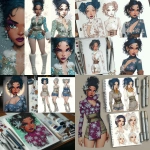





](https://images.ai-img.art/thumbnails/150/564796a8f7e0059faedfce41fa3ac5bfa4c4065f231473bd5e3901336c92ffff.webp)


](https://images.ai-img.art/thumbnails/150/f3bef6b1c4c93eadc3cf2209f9062f676a6fd94018da7483cb40120fe1a9e60c.webp)






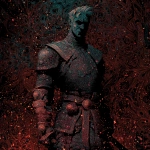




](https://images.ai-img.art/thumbnails/150/92db9158526805f4e438e5531d51913400855d6281c3e9cfb60e2251a26f9c62.webp)

](https://images.ai-img.art/thumbnails/150/9852ce8d1febd9d8344467b42688c54f3619e023e3b8515019ad9de85efc7f46.webp)

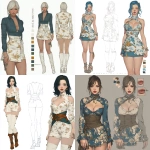



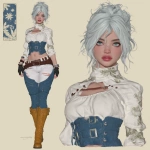




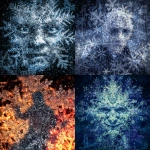
](https://images.ai-img.art/thumbnails/150/b280cd776d11e9ba6130542924a673299ee17d1d4cfb287df0445e71165211b4.webp)




